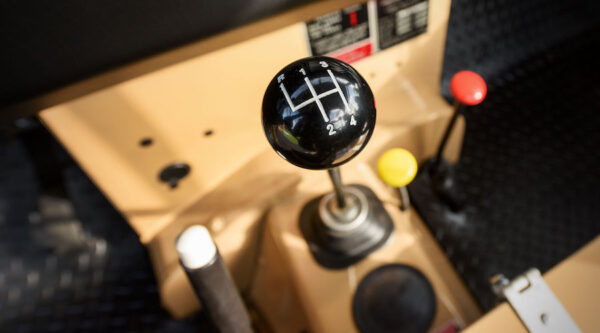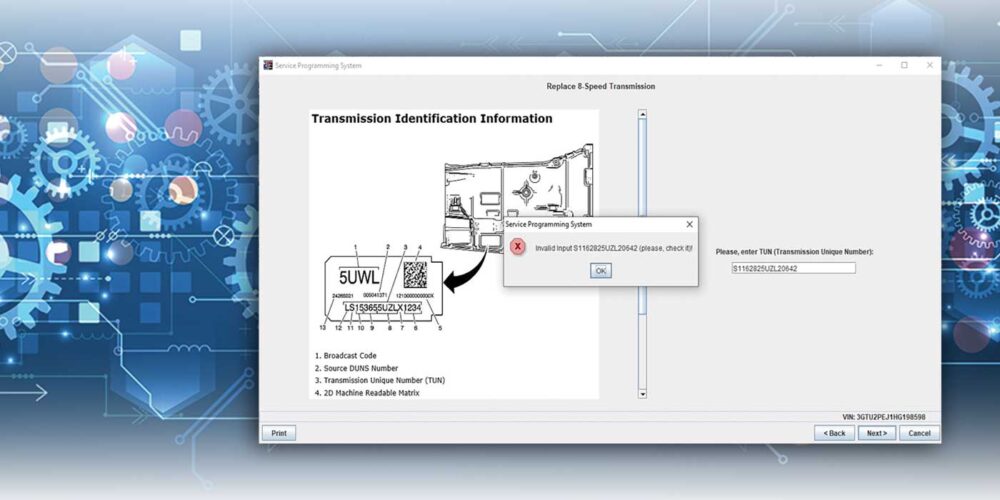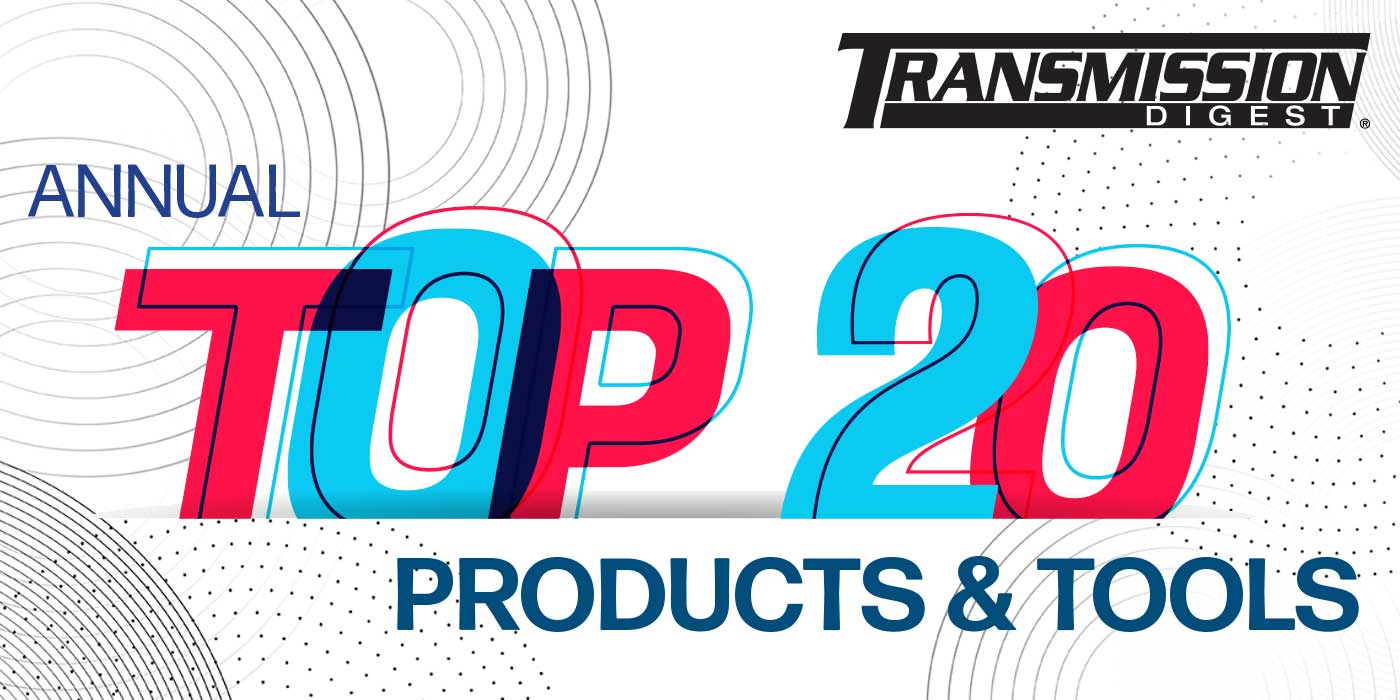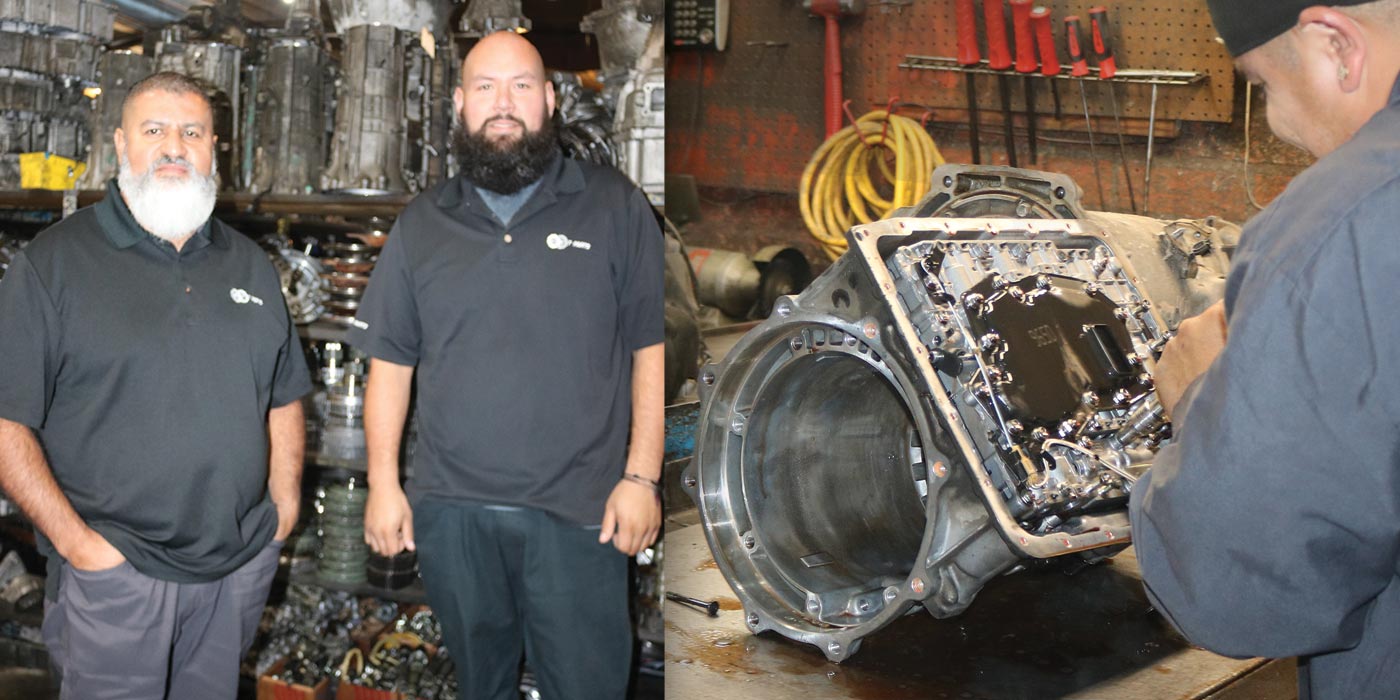Recent years have seen a rapid growth in automatic transmission use in European countries, but it took a long time to get there.
In 1997, only 10-12 percent of new cars in Europe had automatic transmissions compared to over 90 percent use of automatic seen in the United States, according to Automotive News Europe. There was intense opposition to automatic cars in Europe, especially in Spain, Italy and southern France, each of which had fewer than three percent automatic vehicles.
A major obstacle that kept automatic transmission limited in Europe was the price, similar to U.S. automatic trends in the 1940s. Automatics had for some time been exclusive to European luxury cars, with 42 percent of German 1997 Mercedes sales involving automatics. With a small market, prices were high, excluding many from the opportunity to switch to automatic. While the U.S. market grew out of this exclusive luxury car niche for automatic transmission by the 1980s, the European market has taken some time to alter its manufacturing system to make room for prices to fall on automatics.
“Ten years ago, automatic transmissions were typically in the premium car: bigger models with the bigger engines. Statistics suggest 10 to 20 percent of annual new car sales were automatic,” said Michel Ganzeboom, of Ganzeboom Transmission BV of Amsterdam. “This has changed over the last three or four years. Automatic transmissions are no longer just for the luxury cars, but also for high volume models.”
A change had to be made in manufacturers’ industrial strategies, including the incorporation of new technologies, to create more affordable products, allowing more drivers to enjoy the automatic transmission.
“Manufacturers use more CVTs, DSGs and conventional automatics,” said Ganzeboom. “Technology gives them more options to install a suitable transmission for a specific model. They choose the type of transmission—taking cost, fuel economy, emissions, etc., into account.”
This change in manufacturing opened up the market for both producers and consumers, granting more with the opportunity to acquire automatics for their vehicle. “Automatics are now more easily obtainable,” said Bruce Palmer of JP Automatic Transmissions Ltd., of the U.K. “They used to be a rare option in many brands but are now more readily available and not as expensive as they used to be.”
In 2020, Europe Mobility Foresight estimated a 75 percent market penetration of automatic transmissions. This was due to changes in consumer behavior in major cities, as six- and eight-speed automatics became more popular. There was significant growth in the last five years in automatic vehicles on European roads, from 25 percent in 2014 to approximately 44 percent in 2019 as all of the best-selling cars were launched with an automatic transmission option.
“If you also take into account the emission-related measures that have been taken by various governments, older cars have been replaced sooner,” said Ganzeboom. “This helps increase the market share of automatic transmissions.”
Ford estimated that the number of cars and multi-purpose vehicles that they sell equipped with automatic transmissions has more than tripled in the last three years, from 10 percent of Ford Europe sales in 2017 to 31 percent in the first month of the 2020 calendar year. Specifically, U.K. automatics accounted for 40 percent of vehicle sales in 2017, up from 25 percent five years earlier.
“The increase in the automatic transmission market is due to many factors, including no interruption to flow of force, low fuel consumption and driving comfort, among others,” said Antonio Buglione, of Trans Tek SRL out of Naples, Italy.
Ford also noted that due to increased features and comforts, like reduction of cabin noise and the alleviation of car sickness, an increasing number of European drivers are selecting small- and medium-sized cars with an automatic transmission. In 2019, across the five largest European markets, the highest proportion of automatic Ford vehicles were sold in Germany, followed by France, the U.K., Spain, and Italy.
This Ford statistic is not surprising, though, as Germany has always been ahead of the rest of the European market in terms of automatic trends. Daimler AG, the producer of Mercedes-Benz, has long been utilizing automatic transmissions as the preferred model of its vehicles.
“Mercedes has always been very strong in automatics, and still is,” said Palmer. “They were the exception to the rule for many years: Automatic was the main choice and manual was the option.”
Germany’s superpower status in the automatic transmission market is predicted only to grow further as time goes on.
“The percentage of German automatic transmissions is very high,” said Buglione. “By 2030, cars with manual transmissions will no longer be produced [in Germany].”
In spring of 2021, Knibb, Gormezano and Partners released a study evaluating European automatic transmission trends, claiming that the perception of automatic transmissions by the European public is beginning to change as they become more familiar with the products, and a wider choice of technology becomes available.
“Automatic driving is more commonly accepted,” said Maron de Groot of Automatic Choice Europe. “[This is] due to the increased comfort in driving, as well as government support of hybrid and electric cars.”
While historically, European manufacturers bought automatics from outside, six of the eight major OEMs now manufacture all or most of their automatics in-house or in partnership with other suppliers.
De Groot noted this change, saying that there used to be more American automatics on European roads, but “the EU and the East have taken over” in manufacturing dominance. And of course, the future of automatic transmission is dependent upon the growth of the electric vehicle market that currently is increasing throughout Europe.
“I think the market will contain more alternatives to fossil fuels in the years to come,” said de Groot. “This includes electric cars or other new developments.”
While the rise of electric vehicles could hinder automatic’s further European growth, the hybrid model has helped increase the automatic’s market share in conjunction with the electric option.
“Many electric hybrid cars are only available with an automatic option,” said Palmer. “The increase in hybrid sales has improved automatic sales as well.”
This shift in the industrial process, along with the ever-evolving market, has allowed for more technological development, choice and availability for European consumers, keeping automatic transmission increasing in some capacity for years to come.
Cassidy Sollazzo works with social media for Precision International and is a graduate of UCLA. She is the daughter of Precision International Sales VP John Sollazzo.














